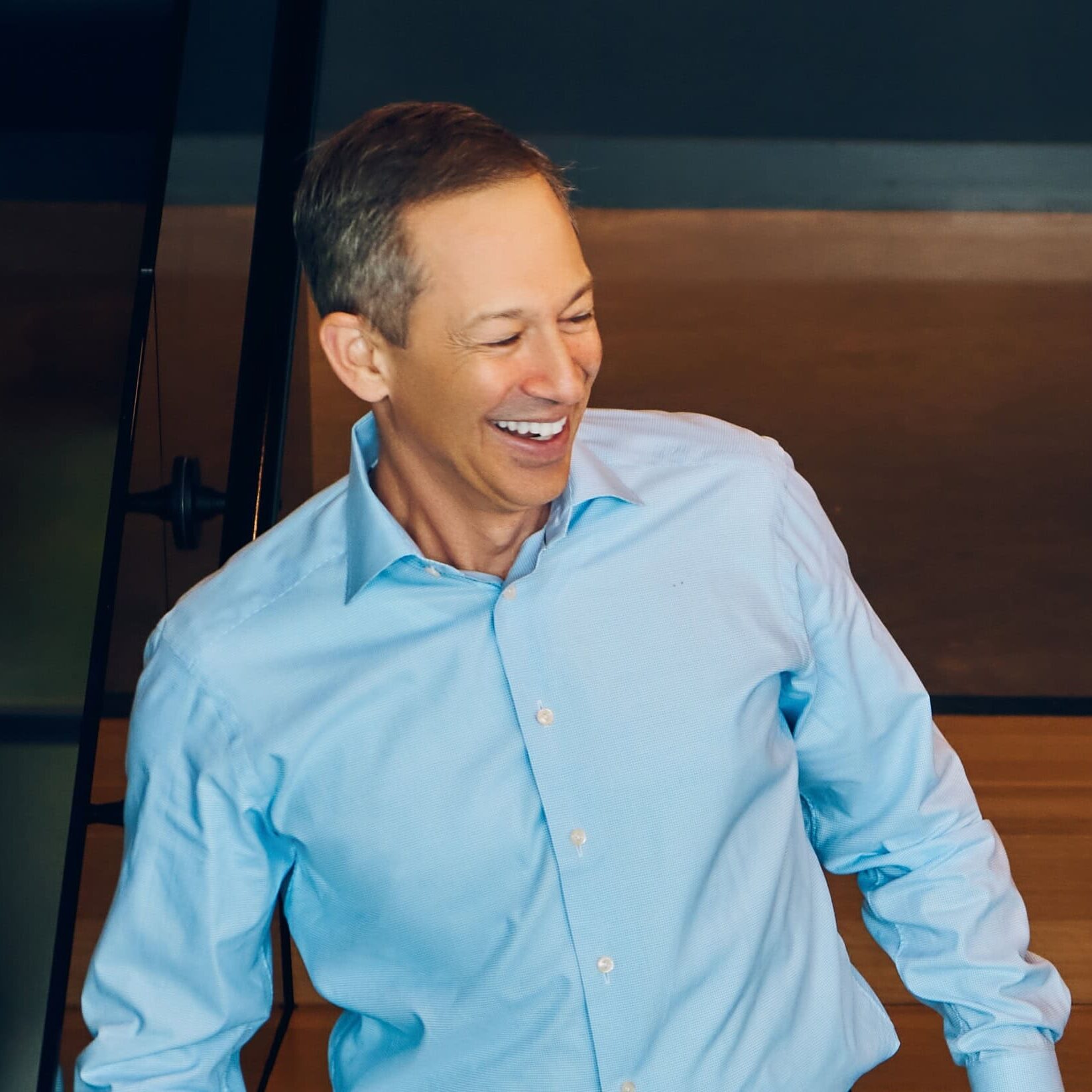The Best Investment Strategies for Baby Boomers Today

His vision for starting GWS was to deliver investment strategies and wealth management services typically available at the highest levels of wealth. Today, clients benefit from these sophisticated financial services targeted to meet their unique needs.
This cartoon that I commissioned back in May of 2010 says it all – boomers and retirees have been in a yield drought for far too long. And it continues to be a challenging investing environment for those getting close to or who are in retirement. Stocks are not cheap, bonds are yielding next to nothing, and the markets continue to be volatile adding anxiety to uncertainty at a time in life when baby boomers are looking for more security in their investments.
In my last article, The 5 Most Important Baby Boomer Retirement Problems, I outlined the challenges many baby boomers are up against. So what’s a boomer investor to do when they can’t tolerate the volatility or afford the potential 30% or more loss to their portfolio in the stock market, but need greater returns than the paltry yields on less risky bonds? The majority of our clients at Glassman Wealth Services are baby boomers and their most frequently asked question is, “What are the best investment strategies given today’s investing environment?”
What many investors don’t realize is that their portfolio doesn’t have to look like a barbell, with cash and bonds on one end and stocks on the other. There are several investments that give us better returns than bonds with less risk than stocks. I like to call these investments – The Stuff in Between.
What is The Stuff in Between?
In putting together our wish list for The Stuff in Between, we went to our investment research team and asked them for investments that:
- Have a potential of a 4% to 8% total annual return
- Have a history of half or less the volatility of stocks
- Possibly low or no correlation to stocks
With these criteria in mind, here are a 3 of our favorite “Stuff in Between” strategies:
1. Hedged Equity:
Most of us are familiar with stocks or stock mutual funds. You own them expecting that they will go up in value as the companies grow over time. When there are amazing days (both up and down) in the stock market, your stocks or funds are likely to follow.
Hedged equity is different. In addition to owning stocks expecting they will go up, this strategy also owns certain stocks betting that they will go down, also known as shorting. If a fund holds short positions, those investments actually increase in value if those stock prices fall.
The hedged equity fund that we currently use is the Robeco Boston Partners Long/Short Research Institutional Fund, a fund that has both long and short stock positions in its portfolio.
When Robeco’s analysts are doing their research, they’re looking for companies to invest in that are doing well. They want companies that have strong cash flow, growing market share, proper capital structures and that are reasonably priced or are a bargain compared to their peers.
But along the way, they bump into companies that are losing market share, that are priced at euphoric levels or those that have too much leverage.
This gives them two complementary investment opportunities:
- Owning shares of companies they hold because they are doing well and they expect to continue to do well in the future
- Shorting shares of companies they believe won’t do well when compared with their peers and they expect these to fall in value
The net effect of this portfolio of stocks is a hedged equity strategy that provides exposure to the stock market with less risk and lower volatility. Our hope is that this strategy will provide a 7% to 9% total return with 1/2 or less of the risk of stocks.
Can it lose money? Absolutely. If the stock market plummets 400 points, this strategy will also be down, but potentially, it won’t be down anywhere near as much as the stock market.
Listen to Barry’s WTOP interview – The Best Investment Strategies for Baby Boomers Today
2. Long-Short Bond Funds:
Similar to hedged equity, long-short bond funds look to invest in bonds and other fixed income investments while hedging against rising interest rates. We currently use two funds to accomplish this, Driehaus Active Income and Driehaus Select Credit.
For the past several years since the Fed all but flattened interest rates, retirees have had to make some tough choices. Invest in longer term bonds with a higher yield, but with more interest rate risk, or lower quality (junk bonds) with a higher yield, but more credit risk.
One example of a long-short bond strategy that Driehaus employs is buying longer-term corporate bonds to take advantage of the higher yields, and then taking a portion of the portfolio and shorting Treasuries to hedge against rising interest rates. If and when interest rates increase, their short Treasury positions will add protection against falling bond prices.
Over time, we hope to see this investment achieve half of the return of stocks with 1/3 of its volatility; very much similar to what we expected from bonds ten years ago.
For more bond strategies, read my article The Best Way to Invest in Bonds in a Rising Interest Rate Environment.
3. Short-Term High Yield Bonds:
Lower quality companies issue bonds, also known as high yield or junk bonds that offer higher yields for investors who are willing to take more risk. But the risk experienced with these types of bonds can often act similarly to that of stocks. High yield bonds (junk bonds) do not therefore fit the criteria for our list. However, by shortening the duration of a higher yielding, corporate bond portfolio, risk is lowered to a more acceptable level for our clients.
We like the Osterweis Strategic Income Fund because it invests in short-term, high yield bonds with an average duration of 2 years. By investing in those bonds with short maturities, we reduce interest rate risk, but still enjoy a better yield than we would get from bonds issued by higher quality companies.
We hope to achieve a 4% to 6% total annual return with ½ the risk of high yield bonds and 1/3 the risk of stocks with this strategy.
Your investment choices are not just stocks and bonds anymore especially given this never-ending low yield environment. Boomers and retirees do have options to help them squeeze more yield out of their portfolios without having full exposure to the stock market and its ups and downs. The Stuff in Between fits the profile of what most boomers and retirees want to achieve – attractive yields and return with less volatility.
If you would like to know more about the Stuff in Between investing, please Contact Us.
Recent Posts
December 12, 2024
Why One Client Fired Their Accountant—and What It Means for You
November 26, 2024
2025 Investment Outlook
Ready to get started?
Connect with a Glassman Wealth advisor today to continue the conversation.
Our Team
Meet Our Award-Winning Team
Our team of fiduciary advisors creates plans as unique as you are.
Services
Full Financial Advisory Services
Holistic Financial Planning, Investment Management, and more!
About Us
We're Different on Purpose
Our refreshing "Just One Client" mindset gives us the time to serve you.



